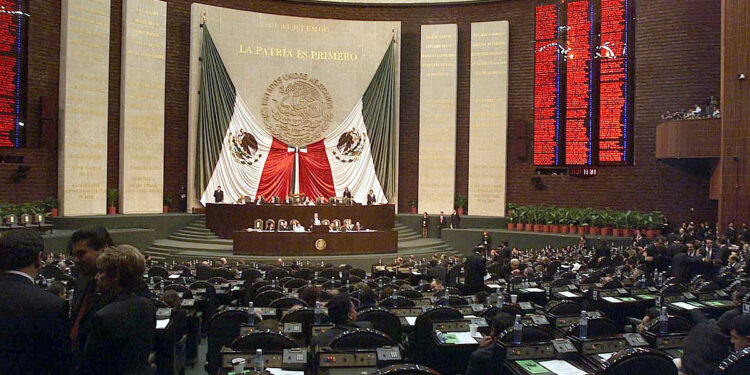The Constitution of Mexico, officially known as the Political Constitution of the United Mexican States (Constitución Política de los Estados Unidos Mexicanos), was adopted on February 5, 1917, during the aftermath of the Mexican Revolution. This foundational document emerged from the Constitutional Congress in Querétaro and represented a groundbreaking achievement in constitutional law, being the first such document in the world to include social rights.
The path to the 1917 Constitution began during the Mexican Revolution, which started in 1910 as an uprising against President Porfirio Díaz, who had ruled Mexico for over three decades. After years of civil conflict and changing leadership, Venustiano Carranza, then serving as the First Chief of the Constitutionalist Army, called for a constitutional convention in September 1916.
The Constitutional Congress met in the city of Querétaro from December 1916 to January 1917. The delegates, representing various revolutionary factions and states, engaged in intense debates about the nation’s future. Their discussions centered on key issues such as land reform, labor rights, the role of the Catholic Church, and the balance of power between federal and state governments.
The resulting constitution incorporated many progressive and revolutionary ideals. Article 27 established national ownership of natural resources and provided the legal framework for land reform, allowing for the breakup of large estates and the creation of communal farming lands known as ejidos. Article 123 included groundbreaking labor provisions, establishing an eight-hour workday, the right to strike, equal pay, and workplace safety regulations.
The document also maintained and strengthened the federal republican structure established by the previous 1857 Constitution, while adding significant restrictions on the Catholic Church’s role in public life. It limited religious education, prohibited religious organizations from owning property, and restricted religious ceremonies to churches.
Promulgated on February 5, 1917, the Constitution has served as Mexico’s supreme law for over a century. While it has undergone numerous amendments to adapt to changing times, its core principles regarding social rights, national sovereignty, and federal republican government remain intact. The document’s combination of liberal democratic principles with social rights made it highly influential in constitutional development worldwide, particularly in Latin America.
The 1917 Constitution stands as a testament to Mexico’s revolutionary heritage and continues to shape the nation’s political, social, and economic life. Its anniversary is celebrated as a national holiday, highlighting its enduring significance in Mexican society.
newshub



Recent Comments